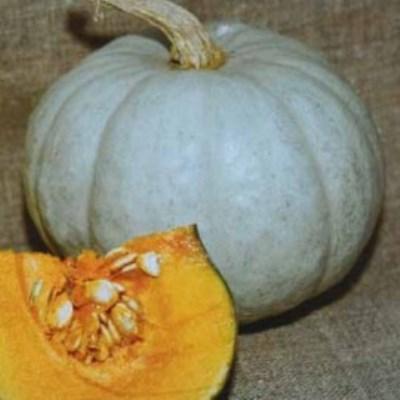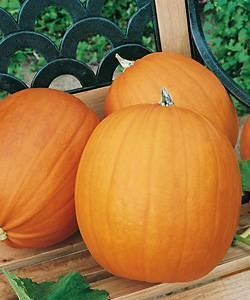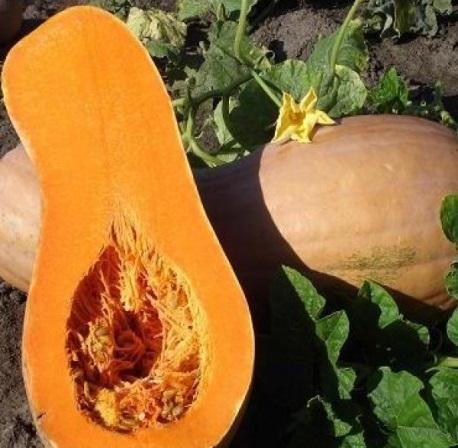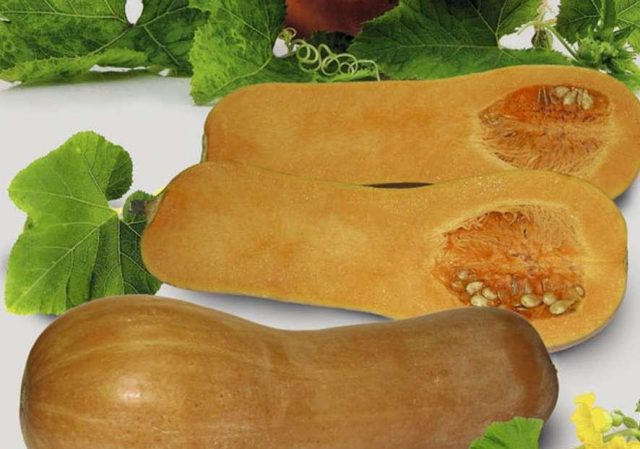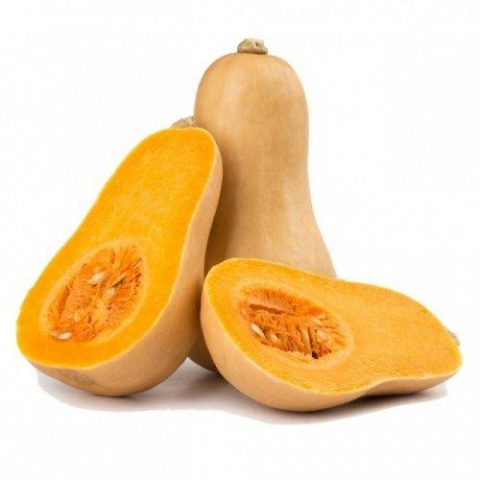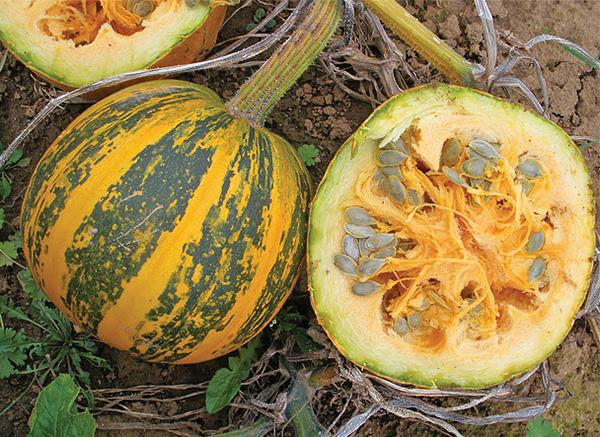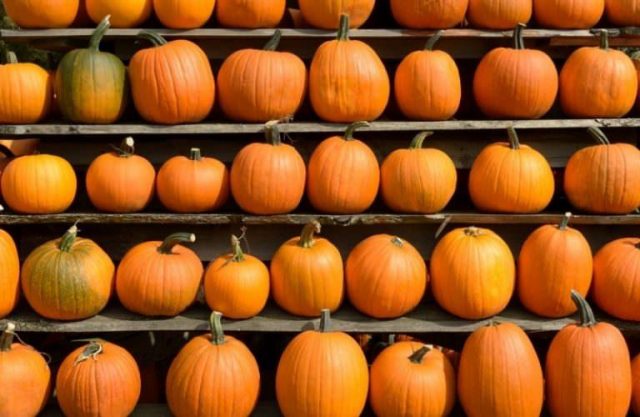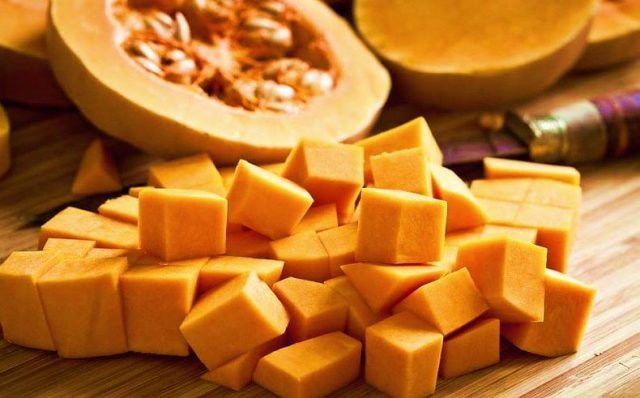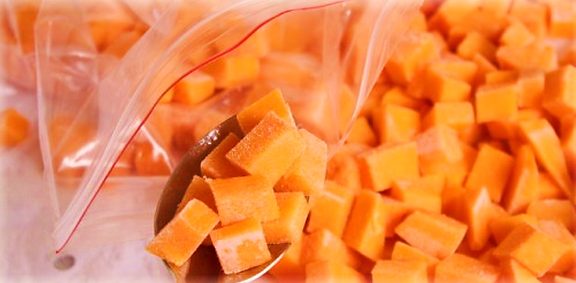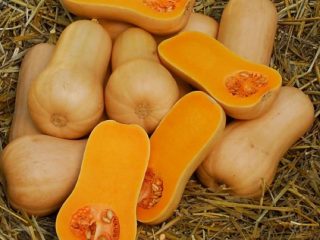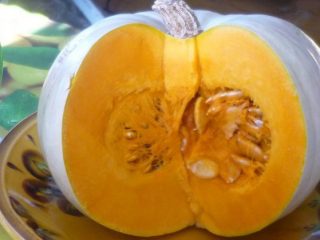Content
There is no doubt about the benefits of pumpkin. This dietary vegetable is a rich source of vitamins and minerals, helps to lose weight and strengthens the immune system. However, sooner or later, everyone who comes across this culture wonders how to properly store a pumpkin and where it is best to do it.
Pumpkin varieties for long-term storage
Different varieties have different shelf life, or keeping quality. The highest keeping quality is noted in late-ripening pumpkin varieties, which were bred specifically so that they can be stored at home throughout the winter. These varieties include:
- Gribovskaya winter;
- Vitamin;
- Pearl.
These varieties contain a large amount of starch, from which sugar is formed over time. It has the properties of a natural preservative and allows vegetables to stay fresh longer.
Mid-season pumpkins are also stored for a long time, from 2 to 4 months. Among them, the following varieties can be distinguished:
- Prikubanskaya;
- Arabat;
- Pearl.
Where to store pumpkin in winter
Even those pumpkin varieties that have a low keeping rate can significantly extend the shelf life if stored correctly. The key in this case is the choice of a location suitable for the role of storage. It must meet certain requirements:
- It is necessary that the room is dark enough, as pumpkins do not tolerate direct sunlight.
- The storage area should be well ventilated and maintain a constant positive temperature of 3-14 ° C.
- Humidity where the pumpkin is supposed to be stored should not exceed 75 - 80%, otherwise the vegetable will begin to grow moldy. At the same time, too dry a room will cause the culture to dry out quickly and become unusable.
The cellar is considered the best place for storage, however, in the absence of such, vegetables can be placed wherever the above conditions are met. So, for these purposes you can adapt:
- balcony;
- loggia;
- veranda;
- barn;
- garage;
- pantry;
- attic.
What pumpkin to send for storage
Before being sent for storage, the vegetables themselves should be given no less attention than the choice of a suitable room:
- The culture should be carefully inspected for damage. Only strong pumpkins with a solid surface are allowed for storage. The pumpkin, which is planned to be stored for the winter, must have a whole stalk at least 7-10 cm long. Vegetables without a stalk rot quickly, so it is advisable to peel them as soon as possible and send them for storage in a cut form.
- If possible, each vegetable should be wiped with a dry, clean cloth to remove residual moisture: this way the risk of developing fungal infections will be minimal.
- If the crop was harvested in rainy, damp weather, you must first place it in a dark, cool room with good ventilation - to dry for 10 - 14 days. And only after that send vegetables for storage.
Vegetables that have softened or mildewed areas should be eaten immediately by cutting out the damaged parts, or sent for processing.
How long is a whole pumpkin stored
The shelf life of a vegetable depends not only on the conditions of its maintenance, but also on the variety.
Butternut pumpkins are considered the most delicate, and therefore may show signs of spoilage after 1 to 2 months.
Mid-season crops can be stored for 3 to 4 months before eating.
Late-ripening varieties are safely used for preparing various drinks and dishes after 5-6 months. However, it is worth remembering that these periods are significantly reduced if you ignore the basic recommendations on how to properly store the crop.
At what temperature should pumpkin be stored
The temperature at which it is recommended to store pumpkin is also directly related to the type of vegetable. As a rule, it varies within a few degrees, but some crops are quite capable of maintaining freshness in a heated apartment.
According to general rules, it is desirable to store the culture at temperatures ranging from +3 to +15 ° C. In a cool room, the vegetable does not deteriorate many times longer, and in addition, mold does not form on the pumpkin. However, storage that is too cold can quickly ruin the harvest, so the thermometer in it should not fall below -14 ° C.
How to store pumpkin in a cellar in winter
The question of where is the best place to keep the pumpkin will not be a concern for those lucky enough to have their own cellar. This room is dark and cool enough to keep crops fresh throughout the winter. The main thing is that it does not freeze in the cold months and that it is well ventilated.
You can store the pumpkin in the cellar on any surface that is above ground level. These can be shelves, racks, wooden crates, or pallets. Placing vegetables directly on the bare floor is strongly discouraged. As a last resort, cover the floor with newspapers or arrange the crop on fresh straw.
Each vegetable is placed with the stalk up, separately from the others. The minimum distance between pumpkins should be 10-15 cm. If one of them suddenly starts to deteriorate, mold and mildew will not be able to spread to the rest of the crop.
Vegetables should not be allowed to come into contact with the walls: this can also provoke rotting food. For the same reason, it is undesirable to put them in plastic bags or wrap them with plastic wrap: drops of condensation will form on the cellophane surface, which will serve as an ideal environment for the development of pathogenic bacteria. If it becomes necessary to insulate vegetables, they can be covered with a cloth made of dense natural material.
How to keep a pumpkin for the winter in an apartment
Unfortunately, not all gardeners have a cellar at their disposal, so many pumpkin lovers have to resort to certain tricks in order to provide a vitamin culture with decent storage in an apartment.
Since a pumpkin requires a lot of space, as well as a certain temperature regime, a balcony or a glazed loggia is often chosen as a storage. As in the case of the cellar, the crop must be laid out above the floor, for example, by placing sheets of plywood or wooden planks under the vegetables. In this case, the pumpkins should not lean against each other and against the walls.
Since the balconies have natural light, vegetables will need shelter from direct sunlight in the form of a blanket or other dense fabric. In addition, the blanket will serve as a good insulation for the harvest if the outside temperature drops below -10 ° C.
In the absence of a balcony, the pumpkin can be stored in the room, if proper conditions are created for this. In a living room at floor level, the temperature is several degrees lower, so you should not place vegetables on high shelves, where the air is warmer. It is best to place the crop as low as possible, in a shaded area with good ventilation, such as under a bed or closet. It will not be superfluous to put newspapers or cardboard under the pumpkins.
How to store peeled or cut squash
It is much easier to store pumpkin at home, cut or peeled, because it takes up less space. In addition, the requirements for the content of vegetables become more flexible, since there is no need to worry about air humidity and light.
How to keep a cut pumpkin at home
Drying is one way to keep the cut pumpkin longer. In this form, the culture will not lose its useful properties, but will significantly decrease in volume, which will save space in the house or apartment.
To dry a vegetable, you can use an electric dryer or a traditional oven:
- The culture must first be cleaned by removing the seeds and peel.
- The pulp should be cut into slices or 1 cm thick strips.
- Preheat the oven to 60 ° C and dry the vegetable for 40 - 50 minutes. Then the pumpkins are allowed to dry.
Pour the finished product into an opaque container or cloth bag, close it tightly and store in a dry place. The shelf life of the dried vegetable is 12 months.
You can save the peeled pumpkin in a salted form. Salt the vegetable, guided by the following scheme:
- A large amount of salt is dissolved in cold water. To prepare 5 kg of pumpkin, 1.5 kg of table salt is used.
- Peeled vegetables are thoroughly washed and cut into wedges.
- The jars are sterilized and then carefully filled with pumpkin almost to the top.
- The containers are poured with saline so that the vegetables are completely filled with liquid.
- A small amount of salt is poured on top, the cans are rolled up and placed in a dark place.
The finished product will not deteriorate throughout the winter, even in a heated apartment.
In addition to salting and drying, a bountiful harvest can be pickled or candied, making healthy candied fruits.
How to keep cut pumpkin in the refrigerator
You can also save cut pumpkin by using the refrigerator. To do this, the vegetable is cleaned of seeds and peels, cut into cubes, slices or strips and put into the vegetable chamber. The product will remain fresh for 7 to 14 days. To prevent the pumpkin from weathering, it should be greased with vegetable oil.
The shelf life of the culture increases significantly if the cut pieces of pulp are wrapped in foil - this way the product will not deteriorate for 20 - 30 days.
Can pumpkin be kept in the freezer
For storage, you can adapt, including the freezer:
- First, the vegetable is cut into small cubes.
- Then the pulp is laid out in packaging bags or plastic trays.
- Then the product is sealed and placed in the freezer.
In this form, the culture can be stored from 1 to 1.5 years.
Conclusion
While it may seem at first glance that keeping a pumpkin at home is not easy, it is quite feasible. If you follow the recommendations and follow all the conditions, then you can feast on a healthy vegetable until spring.
